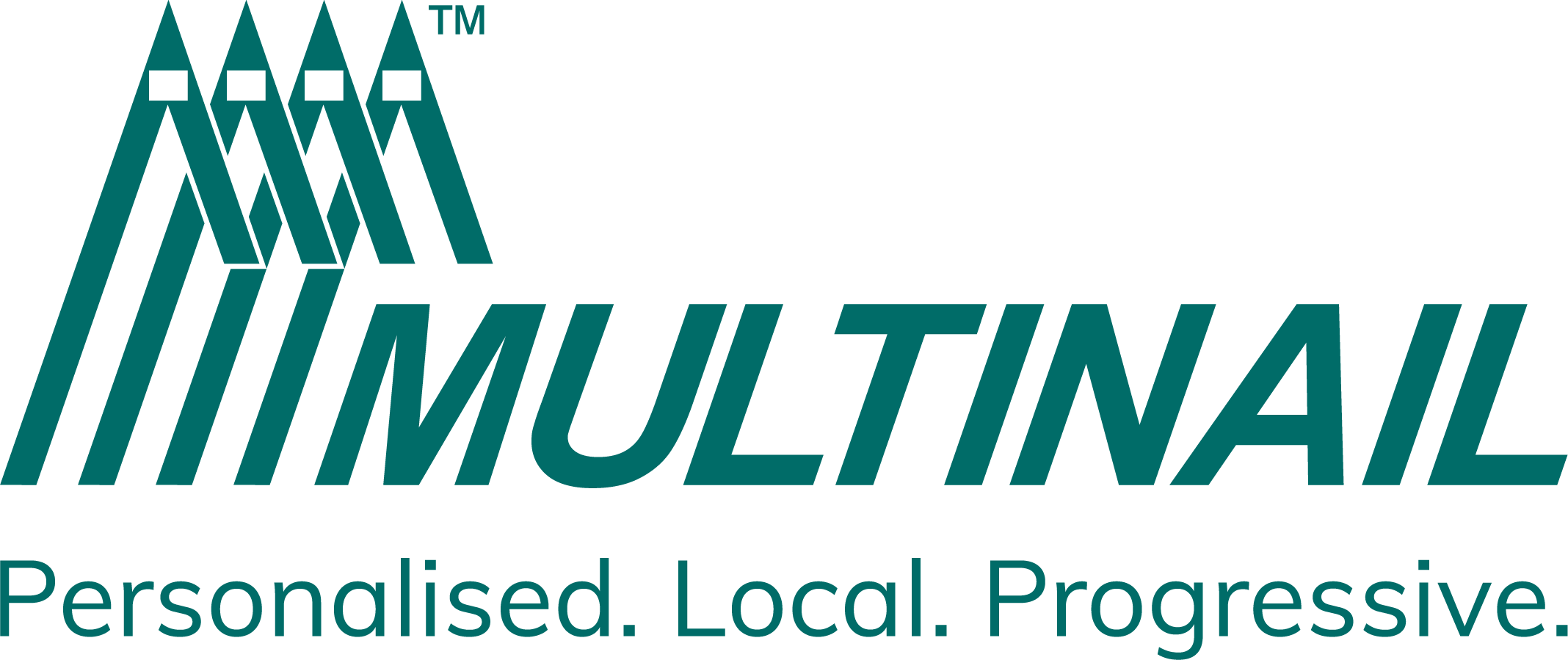
Overview – unloading near overhead power lines
FTMA members have been fortunate to be the beneficiaries of some recent work by Timbertruss who have worked to develop a guide for their customers, and industry in general, that deals with the requirements for delivery to site of frame, truss and building products.
The video provides a good overview of the planning and delivery requirements when delivering to site and it provides some specific details about the distances that must be maintained from overhead electrical assets.
However, manufacturers need to be aware that the distances specified in the video are only applicable to the Victorian and South Australian jurisdictions.
All other states have different requirements and different distances that must be maintained from overhead electrical assets (see below).
Whilst different jurisdictions each have their own prescribed safety distances that must be maintained from overhead electrical lines, there are some basic best practice principles that should be followed when undertaking work near energised overhead electrical lines with any type of plant, including Vehicle Loading Cranes (VLCs).
PCBU / employers should ensure that a safe system of work is implemented or developed and put in place when undertaking work near overhead electrical assets. A safe system of work for these purposes would usually include taking into account the following:
- Undertaking a Site Assessment, including;
- determining the intended position of the mobile plant
- what overhead electrical assets are in proximity of the work
- the type and voltage of the electrical assets and their condition
- the characteristics of the mobile plant and equipment to be used,
- maximum height, reach and space required to operate the mobile plant including tag lines, raised attachments or loads
- minimum safe working distances according to No Go Zone rules
- whether the mobile plant or its load will enter the No Go Zone area, and
- whether a site visit by the asset owner is required, to provide advice.
- Documenting the safety control measures necessary to prevent the plant encroaching into any exclusion zone
- Document how safety control measures will be implemented, supervised and monitored, including the induction of all workers onto the site
- Use of, and location of, any registered spotter needed and the communication methods between the spotter and plant operator
- Any signs, markings and visual warnings to be used to alert persons to the proximity of overhead assets
- The conditions of any permit to work when issued from the asset owner
- Any earthing mechanisms to be fitted to the plant, and
- Emergency procedures relevant to the risks, detailing actions to be taken in the event of an emergency.
The below links are provided to the state specific requirements for working near overhead electrical assets, including the state specific minimum safety distances that must be maintained between the plant equipment, any attachments, the load, any tag lines and the electrical assets.
Supporting resources:
Safe Work Australia: Guide Operating Mobile Plant near Overhead Electric Lines
NSW – Work near overhead power lines – Code of practice
QLD: Electrical Safety Code of Practice – working near overhead electric lines
SA: Working Safely Near Overhead Powerlines
VIC – Using power mobile plant near overhead assets – guidebook
WA: Guidelines Work in Vicinity of Overhead Power Lines
FTMA Australia congratulates Timbertruss for their professional video, which we believe will be an outstanding training document specifically for members in South Australia and Victoria. As long as members in other states cover off their respective states prescribed safety distances, we believe this will be a great training video for all.
Watch the video below
Follow FTMA Australia for Industry News and Updates
Our Principal Partners



